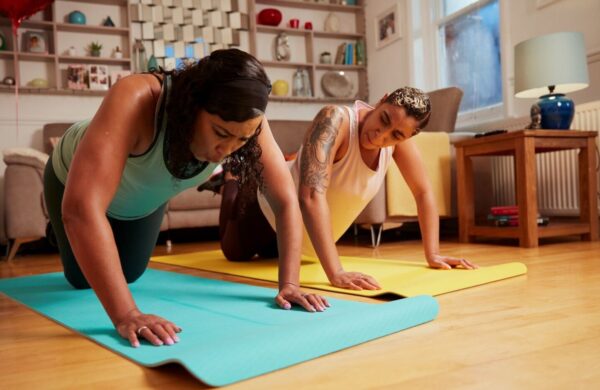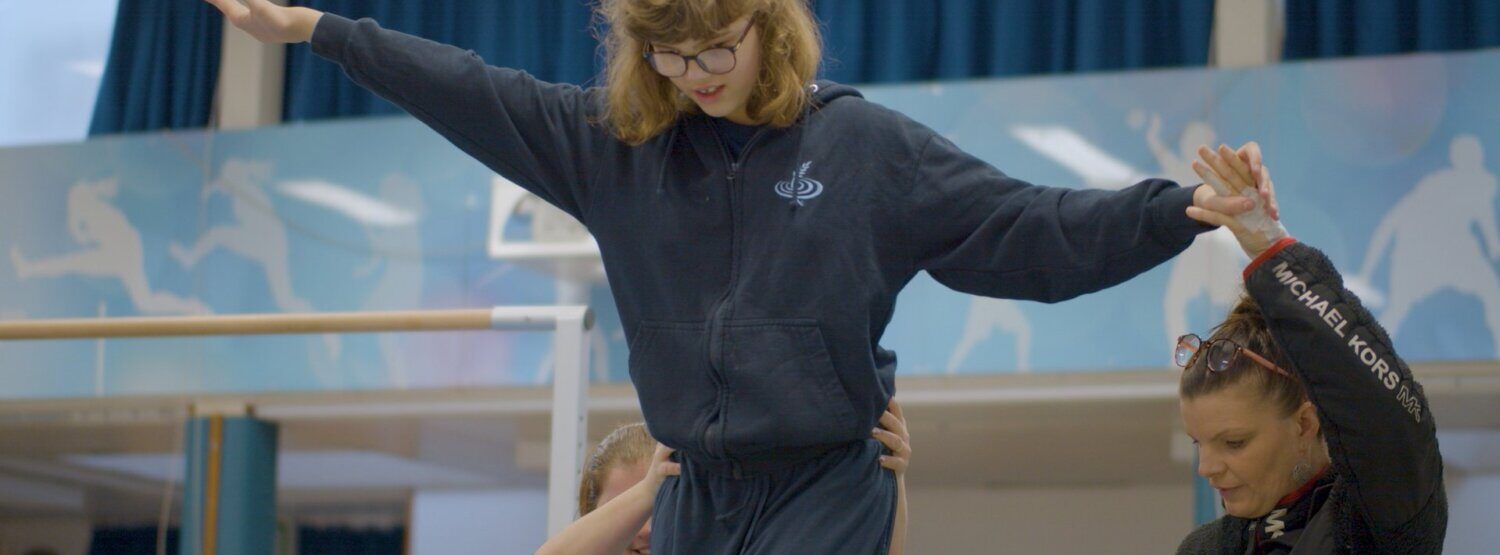
Being Active At Home
Your home is a great physical activity venue!

The Chief Medical Officers (CMOs) guidelines recommend that children and young people should engage in moderate-to-vigorous intensity physical activity for an average of at least 60 minutes per day across the week. Disabled children and young people should be getting 20 minutes of exercise a day and doing strength and balance activities three times a week.
Daily activity can consist of activity at home and at school. The Chief Medical Officer guidelines recommend a minimum of 30 minutes at school and 30 minutes at home.
Just a bit of movement each day can make a huge difference to how children and young people feel, focus, and connect. And these benefits add up over a lifetime.
Even a short burst of movement like dancing, running around, or kicking a ball can put a smile on their face.
That’s because physical activity releases feel-good chemicals in the brain that help children and young people feel happier, calmer, and more in control of their emotions.
Ever notice how much easier it is to concentrate after a bit of fresh air or a wiggle break? Moving gets the blood flowing to the brain, which helps with memory, problem-solving, and staying on task.
A short activity break can work wonders before homework or in the middle of a busy school day.
Movement gives children and young people more energy. It wakes up their bodies and stops that sluggish, sleepy feeling. And when it’s time to hit the hay, they’re more likely to drift off and get a better night’s sleep.
Group games, team activities, or even just running around with a friend help children learn to share, take turns, and work together. It’s also a great way for them to feel part of something. Especially for those who may struggle in the classroom.
While the focus here is on the immediate impacts of physical activity, regular movement builds healthy habits which influence their physical and mental health as they grow up.
Daily Activity doesn’t have to mean playing sports or running laps. It’s really anything that helps children and young people to move more and sit less.
This could be walking or cycling to school, dancing to their favourite song, spending time outside, or doing a star jump when they hear a specific word on the TV. It could even be house chores! We all know those get the blood pumping.
It’s also important to remember that the 30 minutes of movement that children and young people should be doing at home, doesn’t need to be in one long block! If your child comes home at 4pm and goes to bed at 9pm, that’s only 6 minutes of movement per hour. That’s 2 songs!
So, how can you help get children and young people moving every day?
A free downloadable resource that families can use to create active adventures.
Visit siteA collection of fun curriculum-linked activities for families.
Visit site